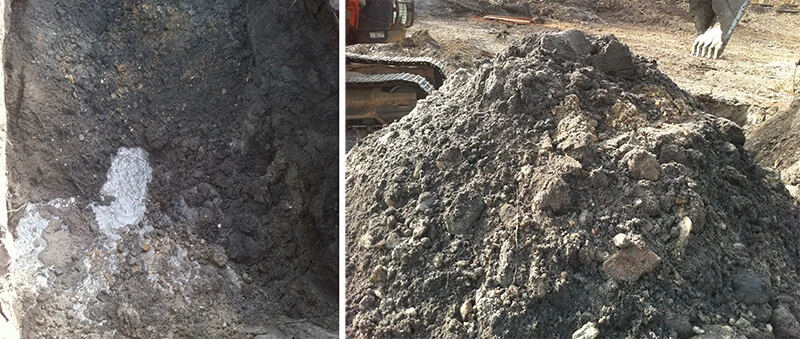
In a certain gold mine in Russia, the gold ore is mainly characterized by high copper content. After a technical transformation, the mine faced several challenges that hindered efficient production.
Initial Challenges in the Beneficiation and Metallurgy System
Low Gold Recovery Rate: Post-transformation, the gold recovery rate dropped to an unsatisfactory level, failing to meet the expected output targets.
High Sodium Cyanide Consumption: The consumption of Sodium cyanide soared, increasing operational costs significantly.
Accumulation of Copper Ions: Copper ions continuously built up in the system, causing abnormal production in the beneficiation and metallurgy processes.
Improvements Achieved through Research and Practice
Copper Flotation Optimization
Increased Copper Concentrate Yield: The copper concentrate yield was successfully adjusted from 0.25% to 0.75%.
Higher Recovery Rates: The flotation gold and copper operation recovery rates in copper flotation witnessed substantial increases. The gold recovery rate rose from 20% to around 35%, and the copper recovery rate increased from 34% to approximately 52%.
Boost in Total Gold Recovery: The total gold recovery rate climbed from 87% to 89%, demonstrating enhanced overall efficiency.
Leaching Process Optimization
Reduced Leaching Time: The leaching time was cut down from 85.48 h to 56.61 h, streamlining the production cycle.
Lower Sodium Cyanide Concentration: The Sodium Cyanide concentration was decreased from 1000 mg/L to around 600 mg/L.
Decreased Sodium Cyanide Consumption: The consumption of sodium cyanide dropped from 7.49 kg/t to 3.60 kg/t, leading to cost savings.
Lower Copper Leaching Rate: The copper leaching rate fell from 27.18% to 20.09%, which is beneficial for the overall process.
Treatment for Copper Ion Reduction
Hydrogen Peroxide Cyanide Destruction and Copper Removal
Based on experimental research on copper removal by hydrogen peroxide for cyanide destruction, in production, a combined approach was adopted. Sodium metabisulfite and hydrogen peroxide were used together for treatment under high-alkali conditions. This method effectively reduced the copper ion content in the cyanide destruction discharge ore from 330.47 mg/L to 24.55 mg/L, significantly decreasing copper ions in the system.
The results of these production practices clearly show that for this copper-bearing gold ore in Russia, strategies such as increasing the copper flotation recovery rate, optimizing the leaching conditions to cut sodium cyanide consumption, conducting hydrogen peroxide cyanide destruction, and removing copper under high-alkali conditions can yield excellent production results. This case holds great guiding significance for the optimization of beneficiation and metallurgy processes and production practices of similar copper-bearing gold ores.
- Random Content
- Hot content
- Hot review content
- Toxicity Assessment of Sodium Cyanide and Relevant Hazard Prevention Measures
- Lead Chloride/ Lead (II) Chloride 98%
- High Quality Sodium silicate 99% Water glass
- Oxalic acid for mining 99.6%
- Thiourea 99% high activity Professional Producer
- Anhydrous Ammonia 99% Liquid
- Ammonium Persulfate Industrial Grade 98.5%
- 1Discounted Sodium Cyanide (CAS: 143-33-9) for Mining - High Quality & Competitive Pricing
- 2Sodium Cyanide 98% CAS 143-33-9 gold dressing agent Essential for Mining and Chemical Industries
- 3Sodium Cyanide 98%+ CAS 143-33-9
- 4Anhydrous Oxalic acid 99.6% Industrial Grade
- 5Oxalic acid for mining 99.6%
- 6Soda Ash Dense / Light 99.2% Sodium Carbonate Washing Soda
- 7Reagent Grade/Industrial Grade Hydrochloric Acid min.31%
- 1Sodium Cyanide 98% CAS 143-33-9 gold dressing agent Essential for Mining and Chemical Industries
- 2High Quality 99% Purity of Cyanuric chloride ISO 9001:2005 REACH Verified Producer
- 3 High-Quality Sodium Cyanide for Leaching
- 4Powdery emulsion explosive
- 5Industry Grade Electron grade 98% Sulfuric Acid H2SO4 Sulphuric Acid Battery Acid Industrial Sulfuric Acid
- 6Colloidal emulsion explosive
- 7sodium hydrosulfide 70% flakes used Mining Industry

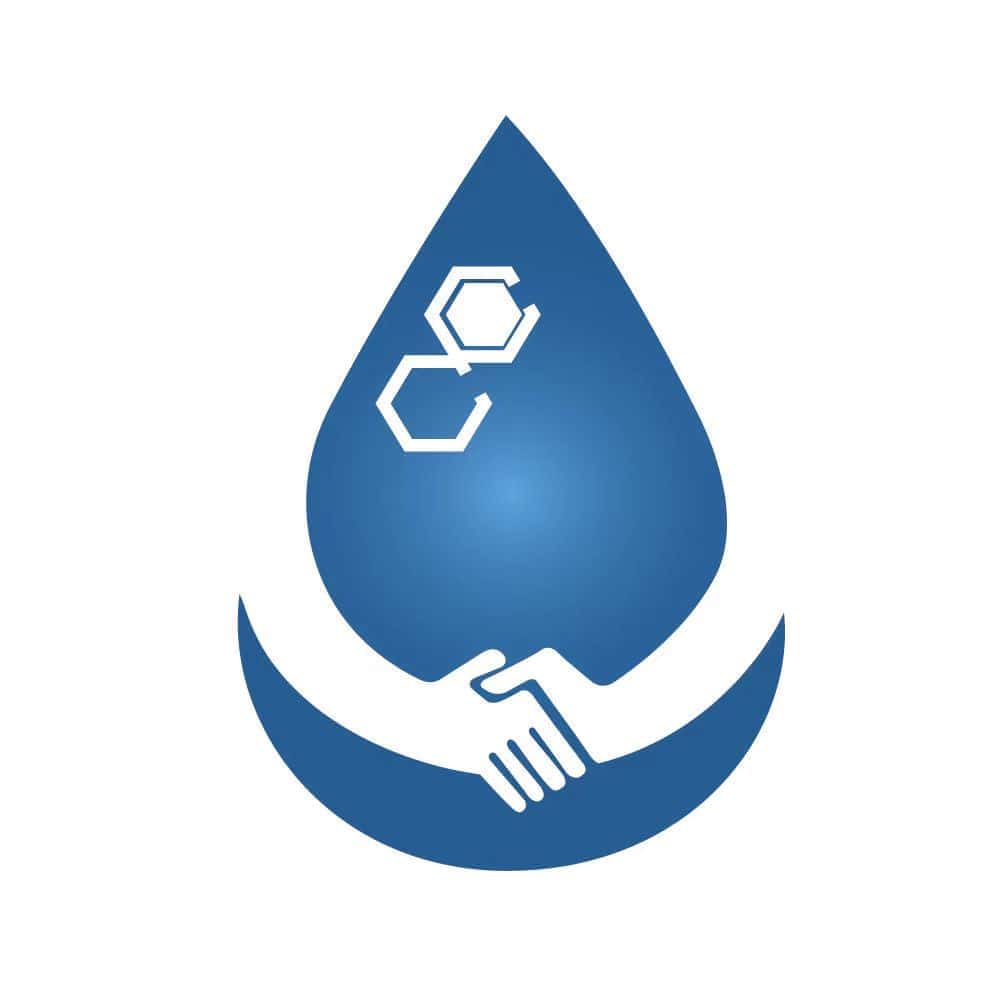
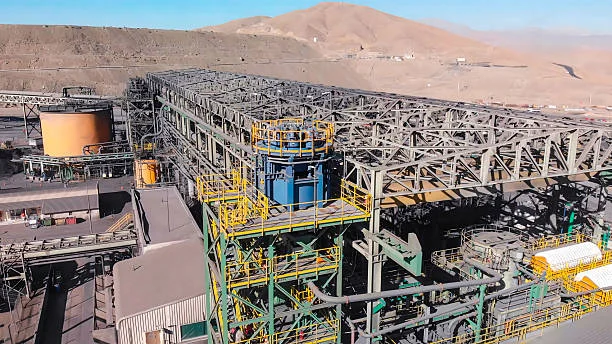

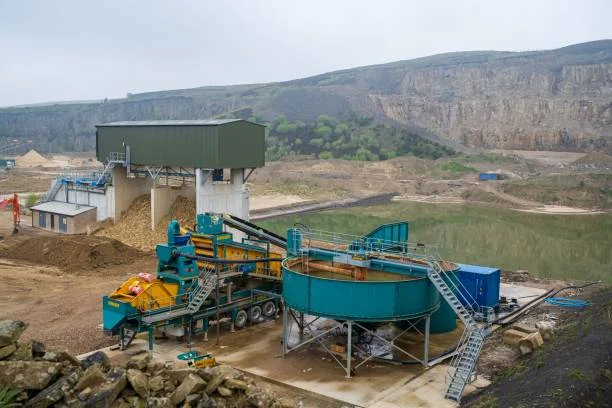
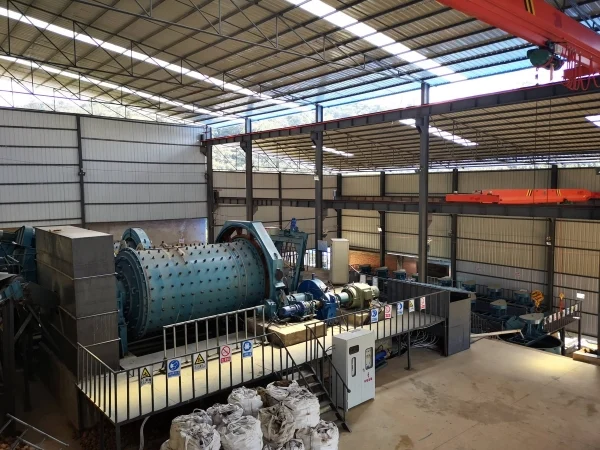
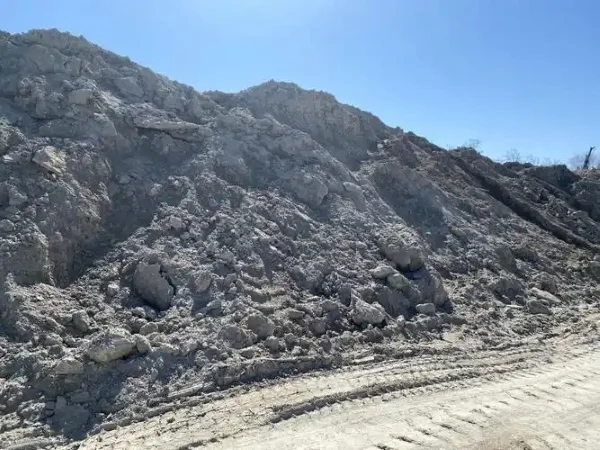
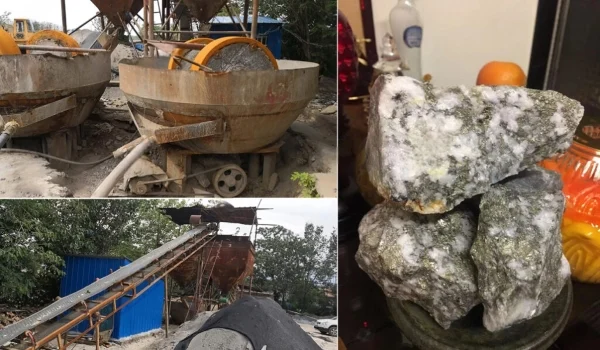
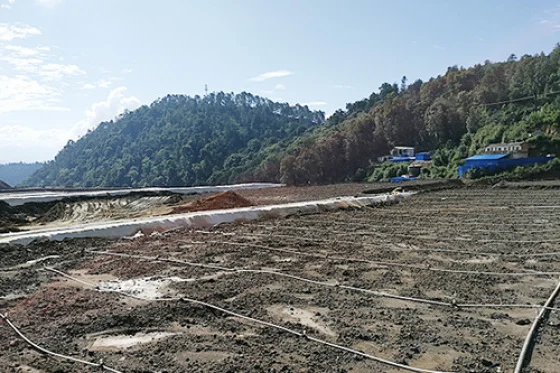


Online message consultation
Add comment: